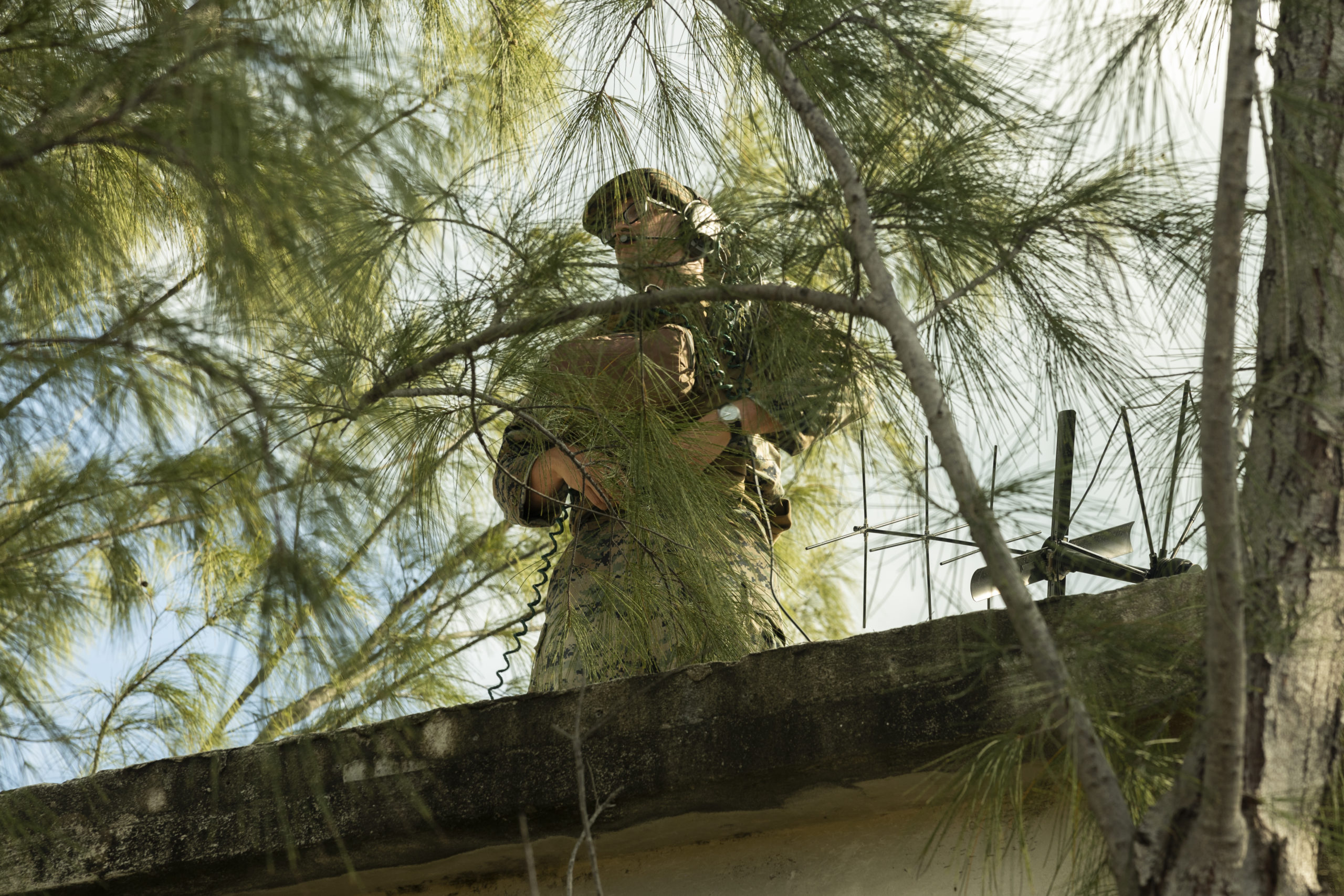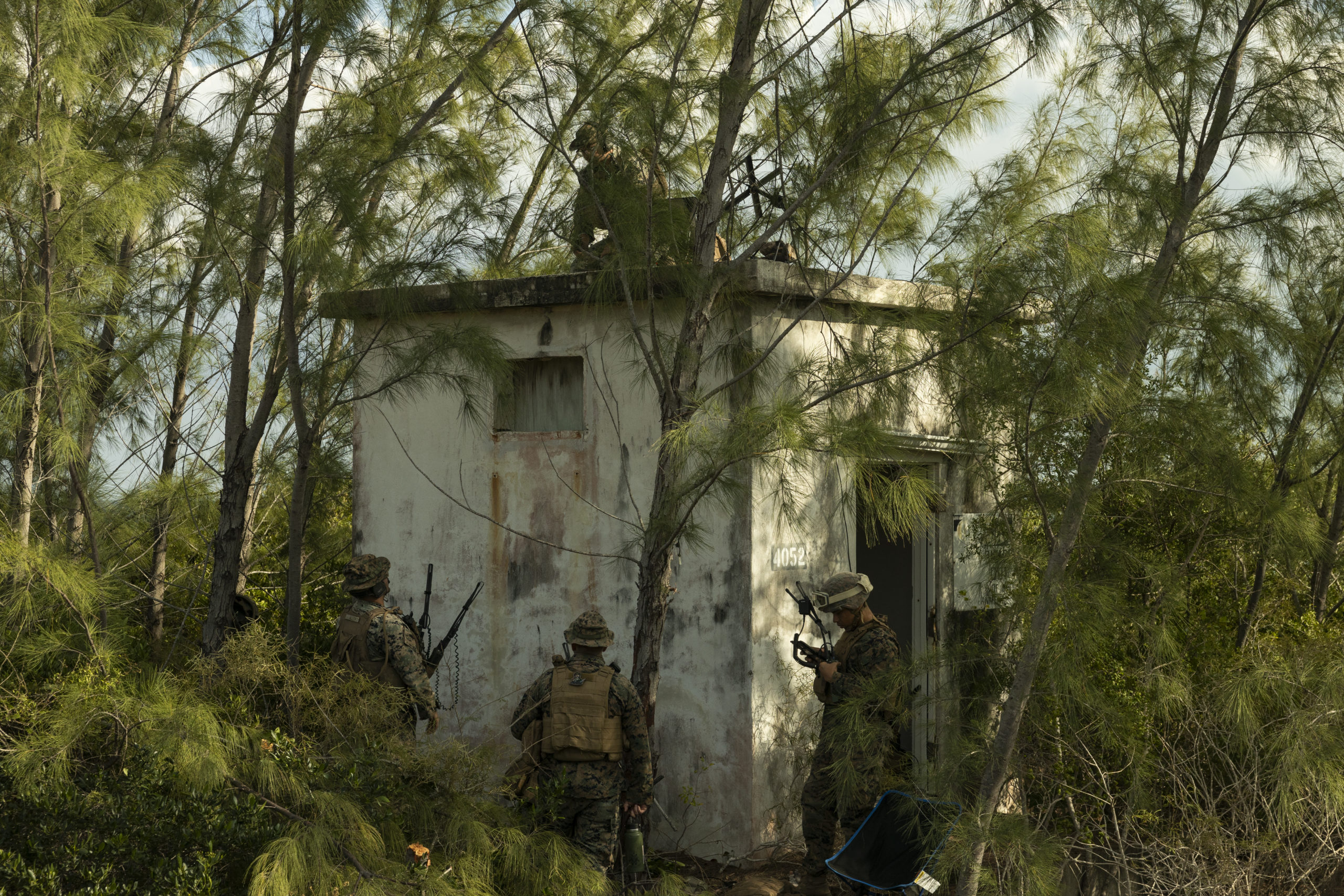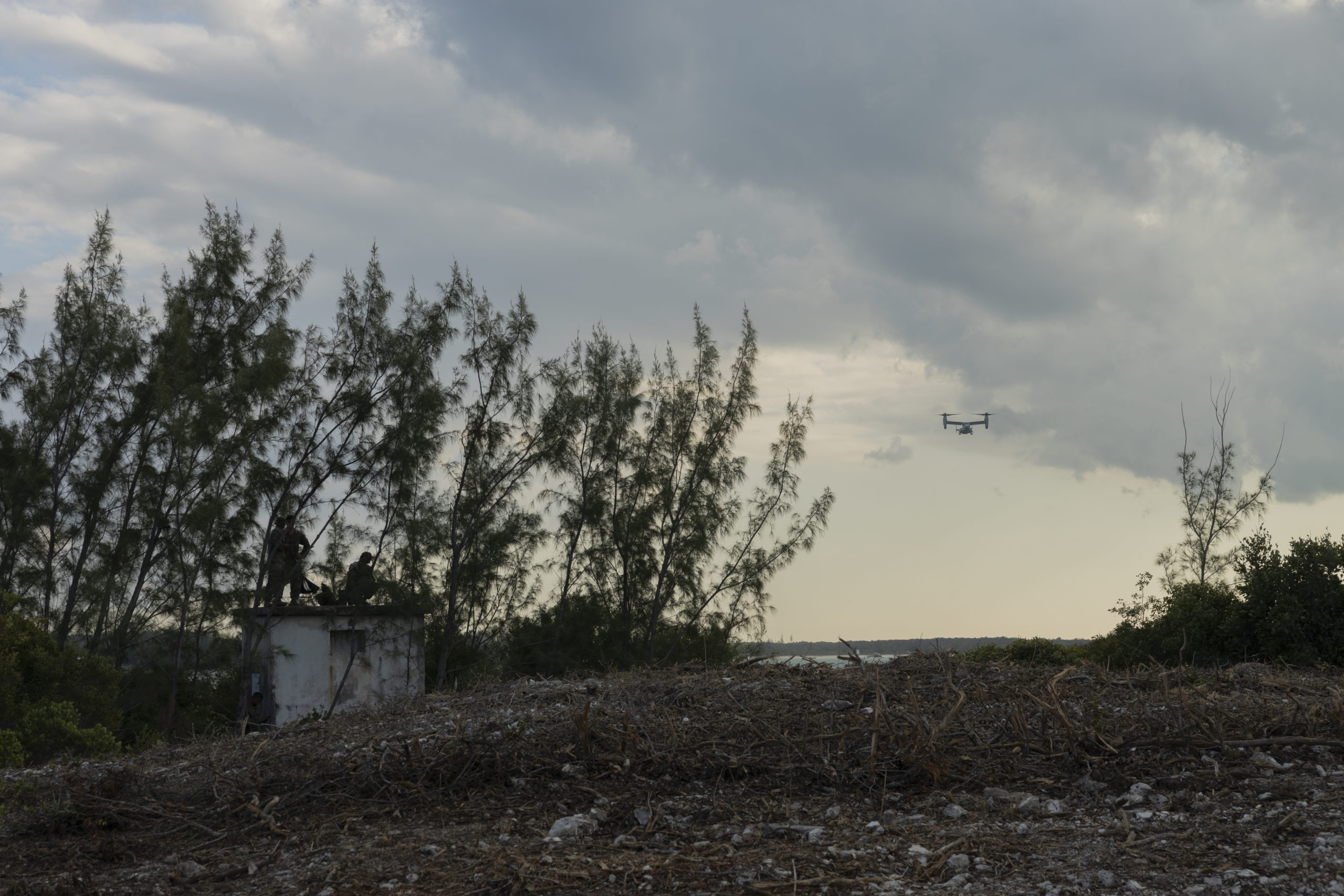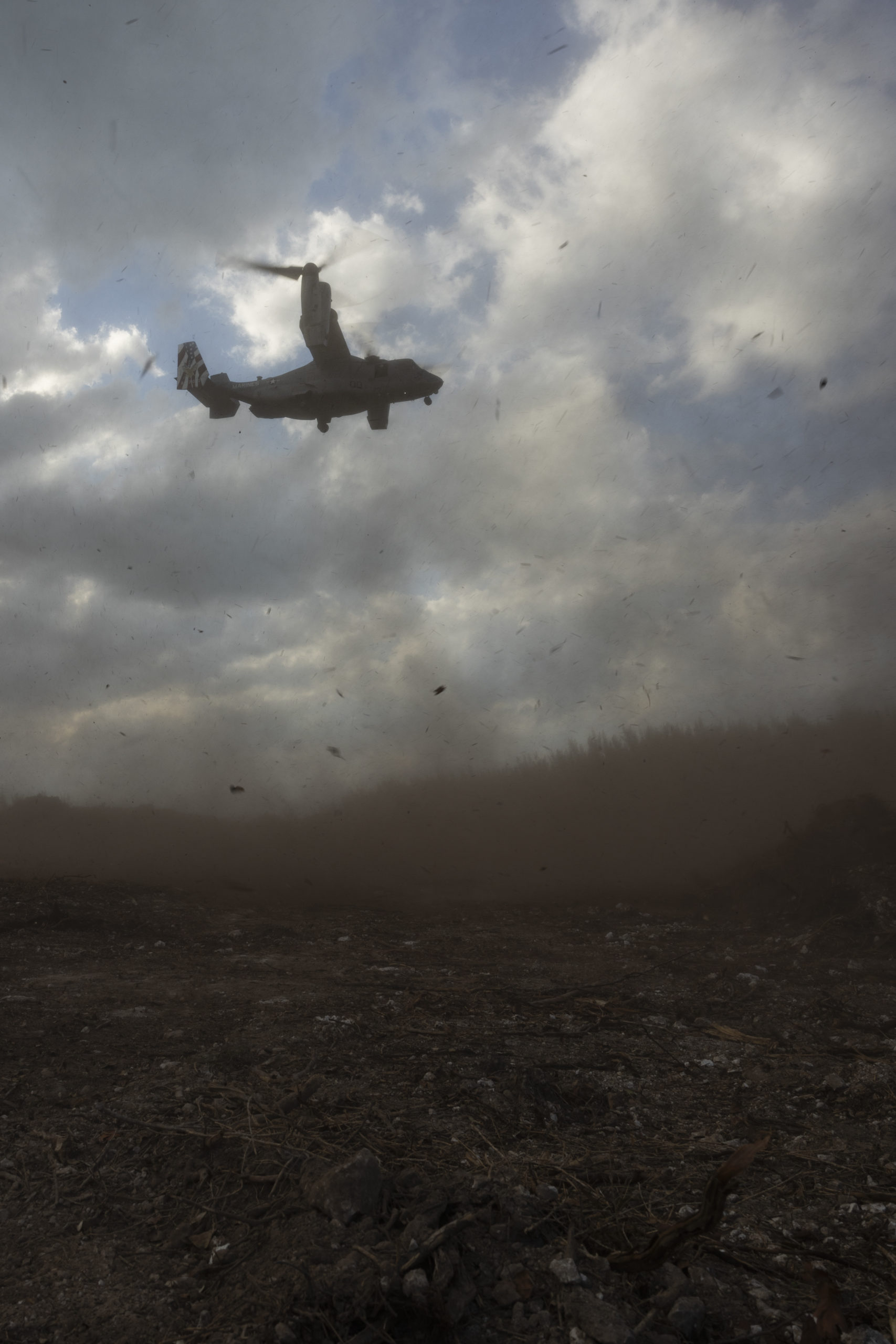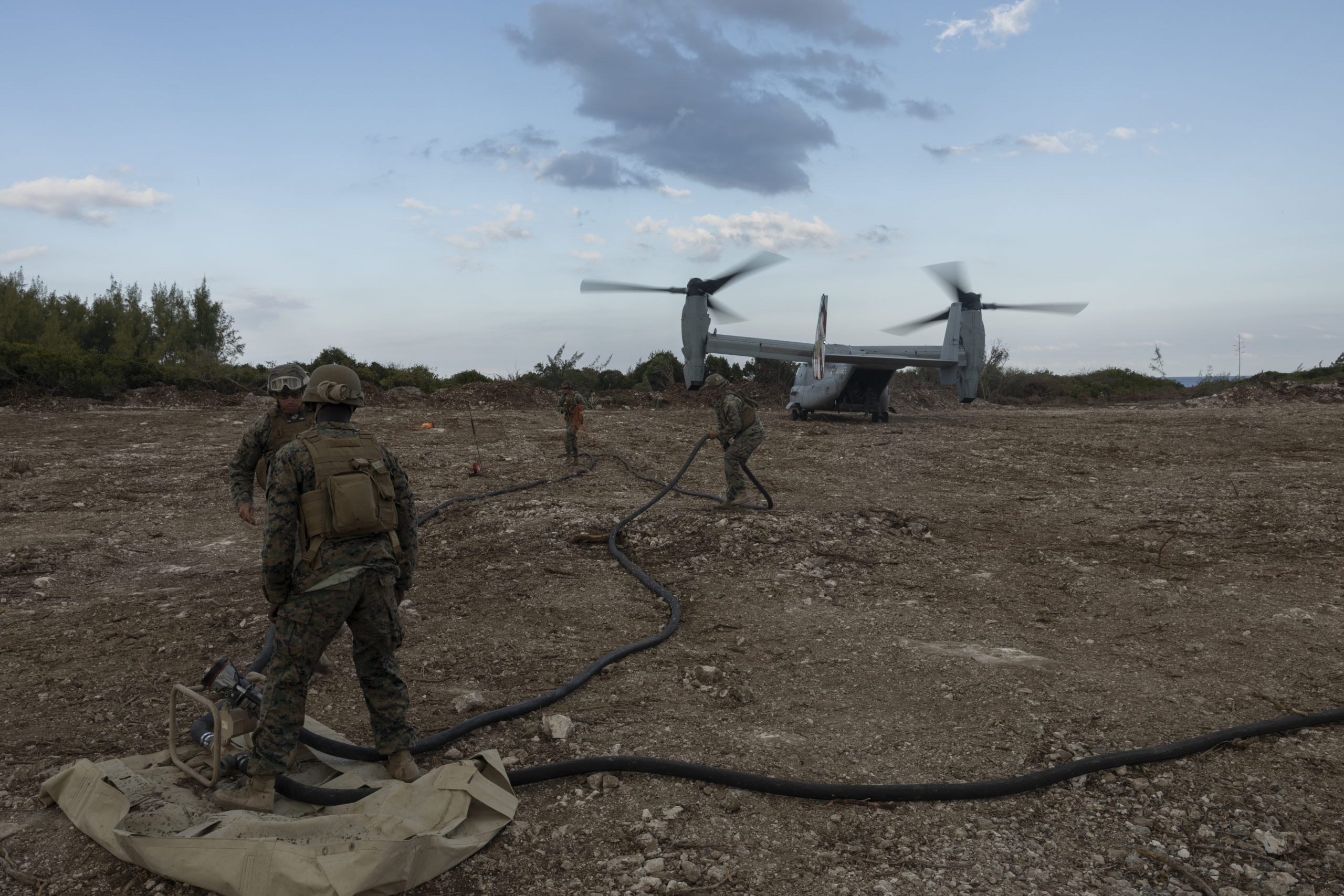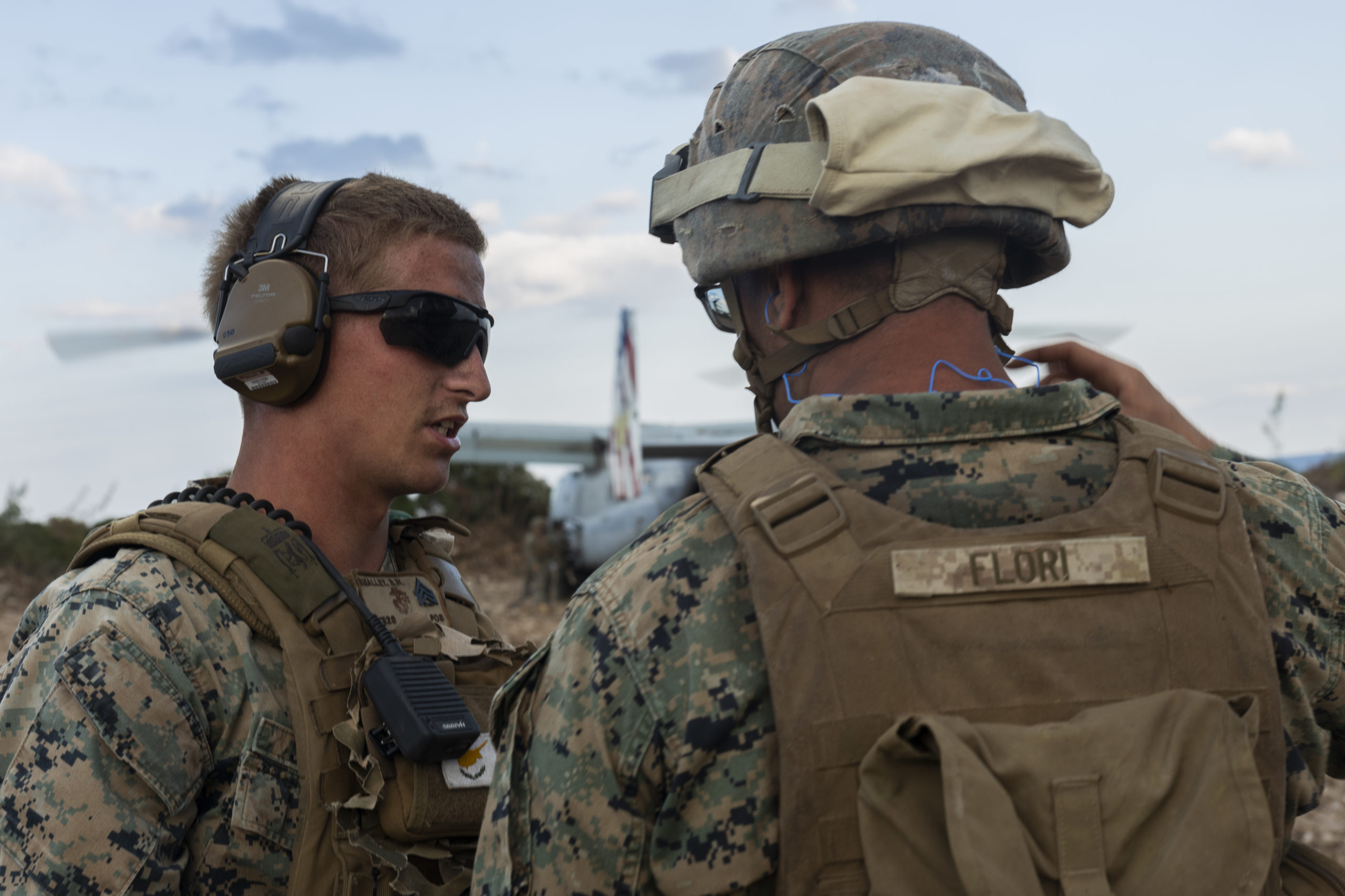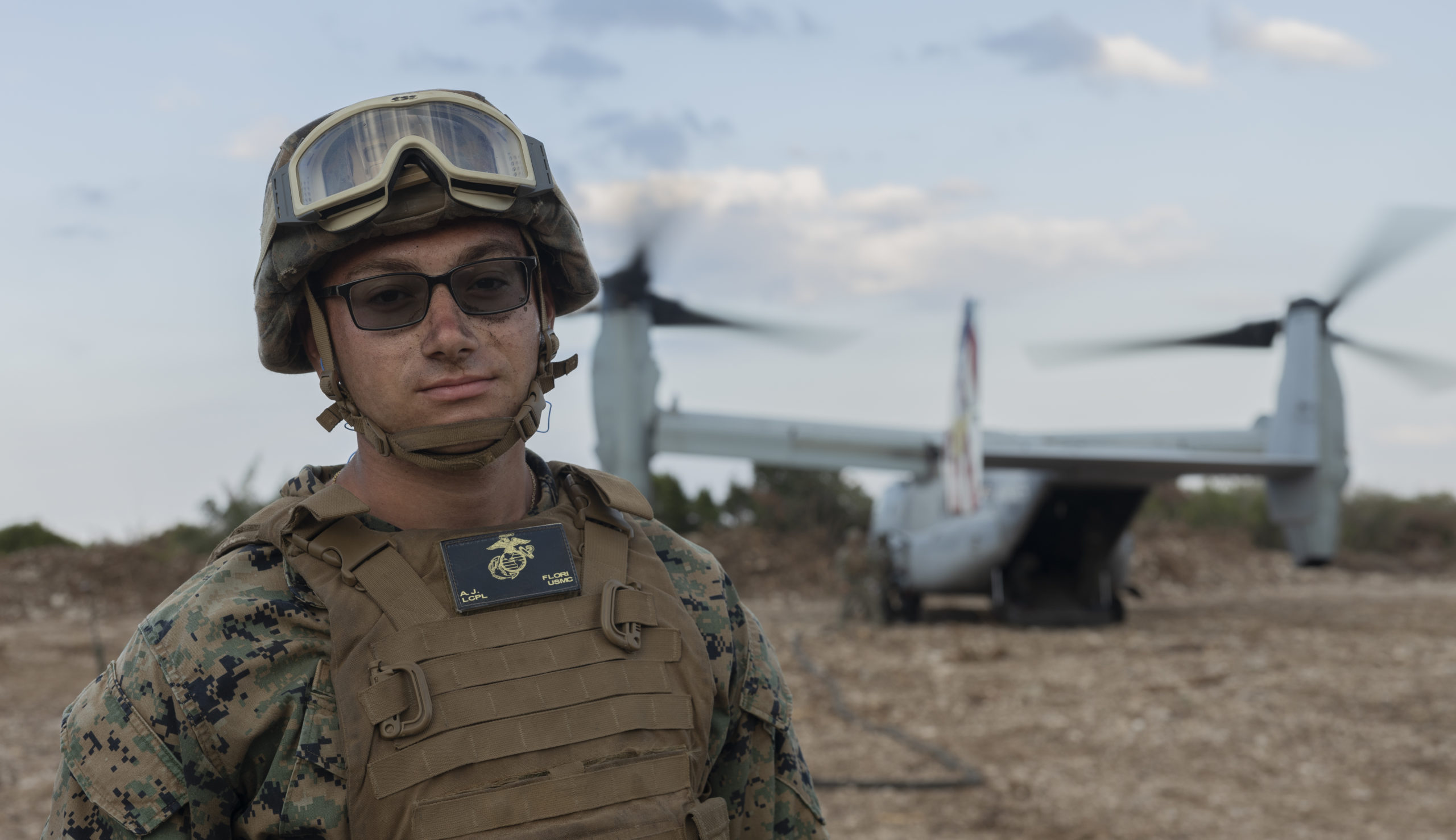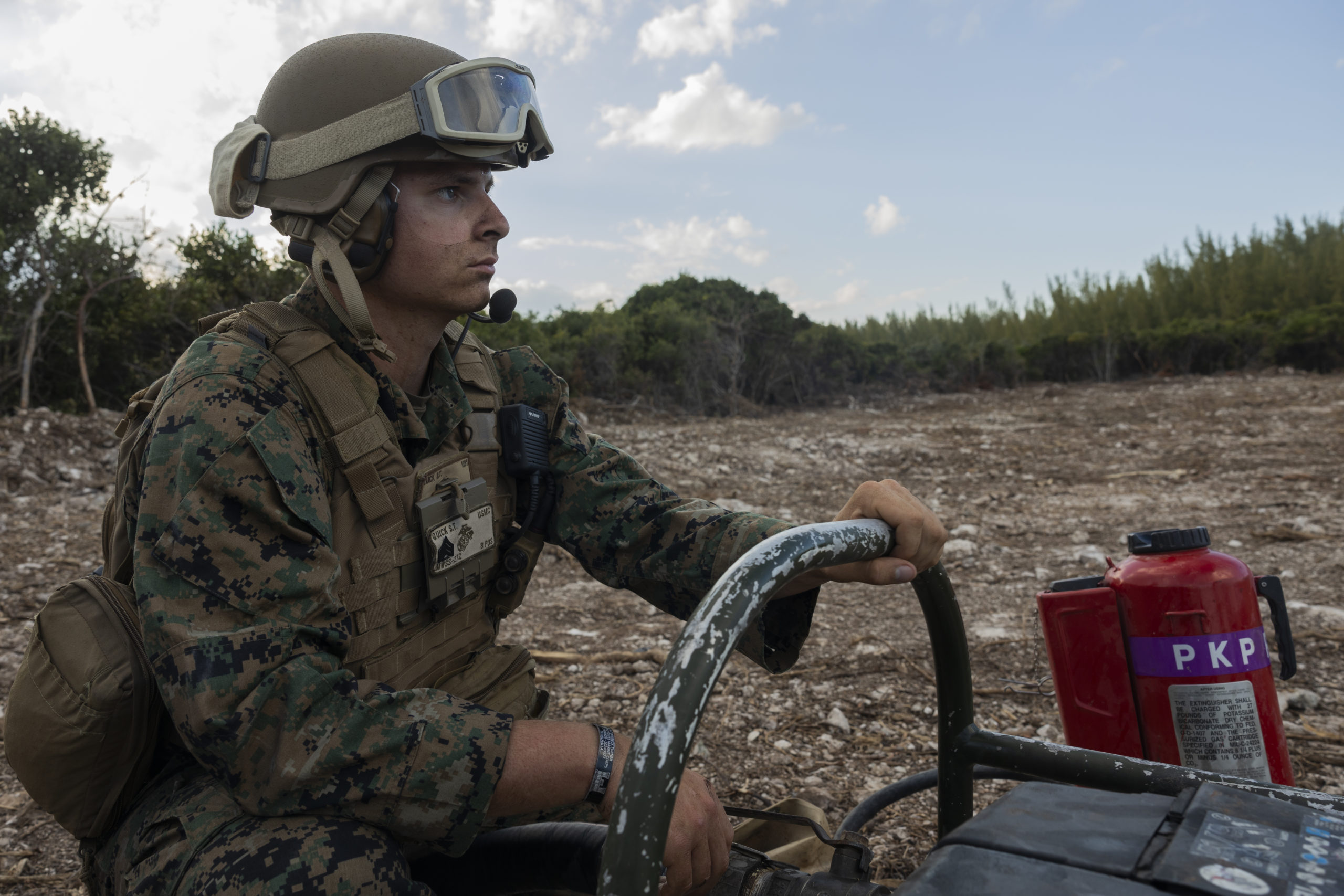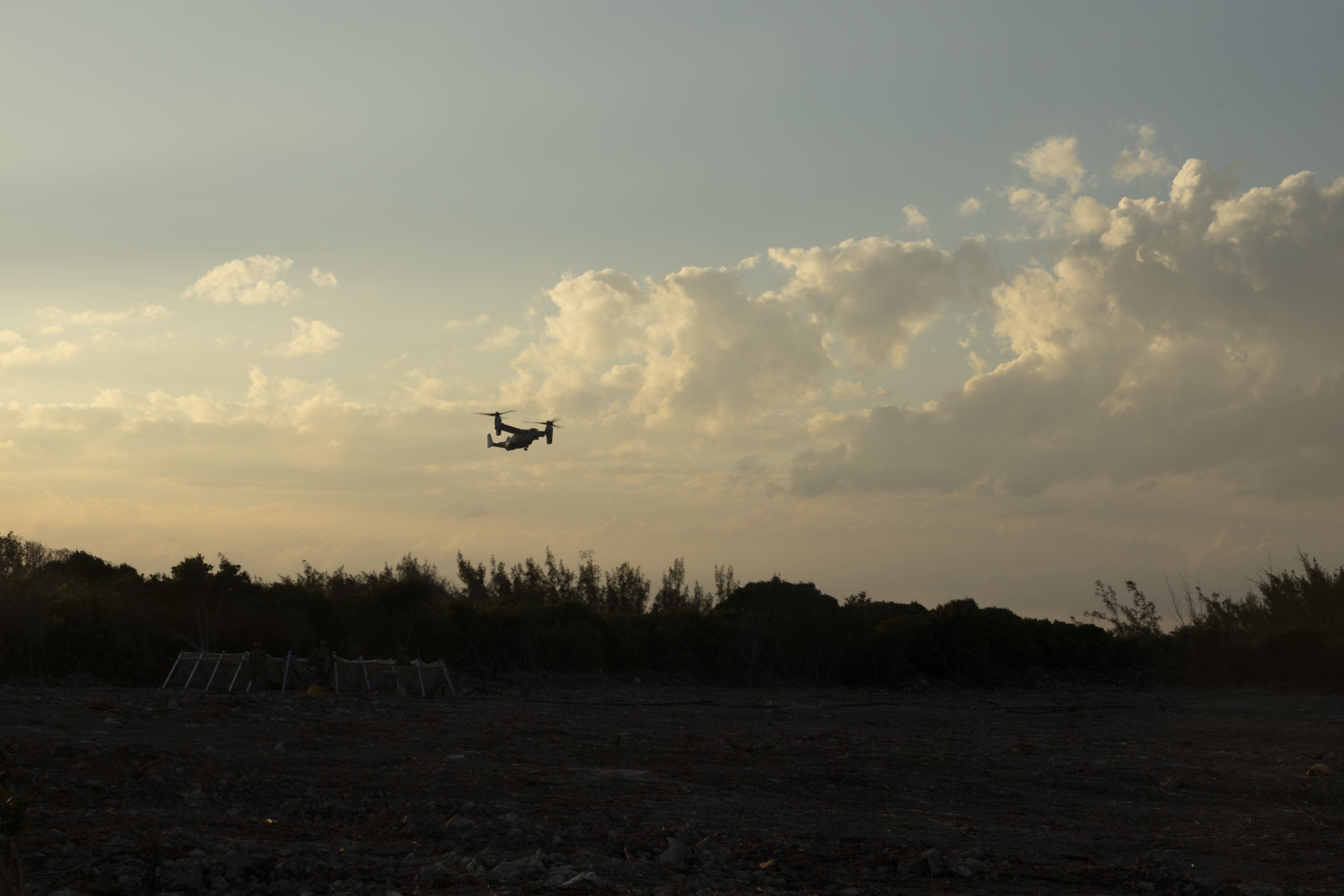By Pierre Tran
Paris – KNDS has been much in the news, with the chief executive of the French unit floating the idea of a public-private partnership to boost arms production, and media reports of a possible stock market flotation of the Franco-German builder of land weapons.
The chief executive of KNDS France, Nicolas Chamussy, sketched out March 12 to the Association des Journalistes de Defense, a press club, the concept of “an industrial reserve for armaments,” based on “Anglo-Saxon” lines of a government-owned, contractor-operated factory.
That state-backed industrial plant would be on standby, ready to build weapons quickly and in volume in times of conflict, such as the war in Ukraine. That business concept called for investment in new plant that would remain standing for decades – a long-term commitment.
Increased production was particularly important for artillery shells and the explosive material from specialist producer Eurenco, which has expanded its plant in Bergerac, southern France.
KNDS France has raised production of its Caesar artillery and 155mm 52 caliber shells, which have been sent by Paris and Western allies to help arm Ukraine.
A perceived need for rearming of Europe stemmed from the Russian invasion of Ukraine February 2022, with urgency increased by the Trump administration’s signalling of disdain for those fellow Nato members and the Ukrainian president, Volodymyr Zelenskiy.
The European Union had made an early pledge to send one million cannon shells to help hard pressed Ukraine after Russian leader Vladimir Putin ordered the invasion three years ago. The E.U. nations failed by a wide margin to meet that resupply target by March 2023, pointing up a lack of national stock and output of new ammunition.
The Ukrainian forces received 10 different types of 155 mm artillery from European allies, presenting “serious logistical difficulties” for the Ukrainian forces, a report commissioned by the E.U. Commission said September 2024. So many types of cannons showed a fragmented European arms industry, “limiting its scale and hindering operational effectiveness in the field,” the report said. There were even different variants of some of those types of guns.
The Ukrainian army fields artillery firing the Soviet-standard 152 mm shell, and Kyiv has launched production of 155 mm shells and artillery, to meet Nato specifications.
Mario Draghi drafted that report for the E.U., The Future of European Competitiveness. Draghi is a former Italian prime minister and ex-president of the European Central Bank.
Concern over Washington could be seen with March 13 and 14 media reports of Portugal looking at European fighters instead of the F-35 to replace its F-16 fleet, and Canada reconsidering its order for the F-35. The latter reflected anger over President Donald Trump referring to Canada as the 51st state of the U.S., and slapping tariffs on Canadian goods.
With more uncertainty in the world, there was need for European partners to create certainty, a foreign policy advisor at the Elysée office said March 14. That meant having more agency, and building on assets of European autonomy. France was preparing for the next meeting of the European Policy Community, to be held May 16.
Elysée Meeting
Chamussy was one of the chief executives of the seven largest French arms companies attending a March 14 meeting called by president Emmanuel Macron, at the Elysée office. The companies were Airbus, Dassault Aviation, KNDS France, MBDA, Naval Group, Safran, and Thales. Some 4,000 small and medium companies were represented at the meeting, part of Macron’s pursuit of a faster, more productive sector in what he has called a war economy.
That meeting would explore developing capabilities in artificial intelligence, space, drones, quantum computing, and submarine threats, RMC radio reported.
A key topic would also be the government’s pressure on contractors to pay effectively royalties on export sales, with foreign sales of the Rafale fighter jet in the sights of the administration, financial website La Tribune reported. The three leading contractors, Dassault, Safran, and Thales, were in dispute with the authorities over €153 million ($167 million) to be paid on exports of the Rafale.
Chamussy has worked at senior levels at Airbus, was an advisor in the office of a previous defense minister, and he worked in the U.S. air force laboratory at Kirtland air base, Alburquerque, NM in the early 1990s. He is chair of Gicat, a trade association for the land weapons industry.
To List Or Not To List
The French state-owned KNDS France, and its German joint venture partner, the privately held KNDS Deutschland, have been exploring the possibility of an initial public offering, perhaps by the end of this year or early 2026, news agency Reuters reported Feb. 21.
News of a possible flotation of KNDS was surprising, two specialists in the land systems sector said. The French unit was previously the national arsenal for land weapons, formerly trading as Nexter, renamed from Groupement Industriel des Armaments Terrestres (GIAT).
The reported interest of KNDS going public may reflect a willingness of the French state and the German Bode family to gain on a keen market appetite for arms stocks. The Bode family controls Krauss-Maffei Wegmann, the German partner in KNDS.
Arms companies listed on European share markets have seen their stock prices rise sharply, while the wider market has been highly volatile. That bullish trend for military manufacturers follows European political leaders pledging big spending increases for weapons in response to a U.S. chill toward Europe and Nato, seen as Washington’s waning transatlantic solidarity.
Brokerage Jeffries downgraded March 13 Thales to hold from buy, on a view the stock had been rerated too quickly. The brokerage also placed under research coverage Dassault, Hensoldt, Leonardo, Renk, and Rheinmetall.
Jefferies expects Rheinmetall to benefit from sales growth of land weapons for at least the next 10 years, particularly in artillery shells. The German arms company was also seeking growth in air defense, electronics, and sales of combat vehicles in the U.S.
In France, the Euronext stock market authorities reversed a decision to take Airbus, Safran, and Thales off the CAC 40 ESG (environmental, social, and governance) index, under political pressure, media reports said. Those companies had been told of a planned ejection from the ESG index March 12, just a day before the meeting with Macron at the Elysée.
The ESG index was seen as important, attracting investors seeking companies offering social responsibility.
The French armed forces minister, Sébastien Lecornu, has raised the prospect of raising annual military spending to some €100 billion. That compares to €68 billion forecast for 2030 under the multi-year military budget law, and €50 billion pledged for 2025.
The German Dax stock market index rose two percent March 14 on news Friedrich Merz, due to be named German chancellor, had reached agreement with the Green party on launch of a €500 billion fund to spark life in an ailing domestic economy, easing strict rules on national debt, and boost military spending.
KNDS France is the builder of the Leclerc heavy tank, Caesar truck-mounted artillery, and armored and combat vehicles in the French army’s Scorpion modernization program.
KNDS Deutschland builds the Leopard 2, a heavy tank shipped by European allies to support Ukraine against Russian forces, Boxer armored vehicle, and PzH 2000 artillery.
Macron, was economy minister in 2015 when Paris gave the green light to the creation of KNDS, a Franco-German joint venture formed from state-owned Nexter and privately held Krauss-Maffei Wegmann.
The dateline on the Reuters report was Frankfurt, where the German stock exchange is located, and where KNDS shares would be listed if the flotation were approved.
On Mergers & Acquisitions
Chamussy declined to comment on the value of an agreed acquisition of the military business of Texelis, a privately owned company specializing in vehicle mobility packages.
Texelis was a “strategic fit,” he said. “This significantly strengthens our capability for engineering and production for subsystems, which are fundamental and outside the scope of KNDS France.”
KNDS and Texelis work as partners on the Serval armored vehicle, and won an order last year for 627 units, part of a total order for some 1,400, he said. KNDS knew how to set specifications, but the company would be acquiring the capability to design and build the mobility package with Texelis.
The two companies expected to ship more than 100 Serval units this year, rising to annual delivery of 200, after a 69-strong first batch was delivered in 2022.
The companies won the order for Serval development and production back in 2018/19, he said, and there were more than 20 Serval variants, based on six versions. These included troop carrier, medical evacuation, satellite communications, engineer, surface-to-air missile, anti-drone, and command vehicle.
The Celeris export version had won an order in Indonesia, he said.
Long Term Rearm
It looked like there was “a long-term rearmament drive in Europe,” Chamussy said.
KNDS France has speeded up production of its Caesar artillery, ordered by France and Western allies to help arm the Ukrainian army.
The outbreak of war in Ukraine ushered in what Macron said at the 2022 Eurosatory trade show was a war economy, requiring higher and faster production, and greater autonomy.
That led to a “ramp up” of Caesar artillery and its 155 mm 52 caliber shells, Chamussy said.
KNDS will have shipped 113 Caesar cannon to Ukraine by the end of 2025, and will have provided service for the AMX RC10 combat vehicle and spares for three years, he said. There was support from industry partners.
Back in 2019-2021, the average production of Caesar was 10-15 a year, he said. That production rose last year to 43, with 60 or more expected in 2025.
The faster production lay in building six Caesar a month compared to the previous 1-1/2 to two artillery systems a month, he said. Macron had asked for a Caesar to be built in 12 months compared to the 21-23 months before the Ukraine war broke out in February 2022.
KNDS responded by placing in March-April 2022 orders worth some €600 million million for material and parts to build almost 300 Caesar cannon barrels, representing three to four years of work.
The company placed its orders before France and other client nations signed contracts for the truck-mounted artillery.
“We made something of a gamble,” he said, referring to ordering the material and parts for the barrels, explosives, and electronics.
More Cannon Barrels and Shells
KNDS was building 150-200 cannon barrels a year at its Bourges factory, central France, Chamussy said. These were barrels for new Caesar systems, spares for stocks, and included 155 mm, 120 mm, and 105 mm large caliber guns.
The 155 mm shell was not propelled, and consisted of a steel shell body, filled with high explosive, fuze, and modular charge, with the more charge the greater range. The 39 caliber gave a shorter range than 52, he said.
The company in 2022-2023 doubled production of shells to 65,000-70,000 from 33,000-35,000 a year, he said, and was due to build 100,000 shells in 2025.
KNDS installed new highly automated machines in the second quarter 2024 at Bourges, with that machinery being fitted in its factory in Belgium, which would be ready in the middle of 2025.
KNDS had been fully committed to a big French army program, Scorpion, when the Ukraine war broke out in 2022, he said. That program had allowed the land arms sector to develop significantly, with industry meeting deadlines on the Griffon and Serval troop carriers, and Jaguar reconnaissance and combat vehicle despite the Covid crisis.
That Scorpion program has been running for 10 years. KNDS was also working on the upgrade on the French army’s 200-strong fleet of the Leclerc tank.
The company was now shipping one armored vehicle a day, whether that was Griffon, Jaguar or Serval, he said, the equivalent of 20-22 ton of vehicle shipped a day. The target was to build 450 armored vehicles a year.
A faster production could be seen with Estonia ordering six Caesar last June, he said, and the cannon appearing on the military parade for the national festival last month. A higher output of six guns per month, instead of the previous 24 months for a gun, had allowed that delivery.
Belgium was “integrating” the first Griffon troop carrier, he said, in its Capacité Motorisée (CaMo) modernization program, with Luxembourg as a partner nation.
New Drones, Fighting Vehicle on the Market
KNDS was also offering a loitering munition, dubbed Mataris, he said.
The Mataris, named after a weapon used by the warriors of ancient Gaul, was based on lessons learned on the drone weapons France shipped as military aid to Ukraine under the Colibri and Larinae urgent requirement projects.
KNDS drew on its fragmentation and anti-armor warheads, and worked with industrial partners Delair, EOS, and TRAAK to build the Mataris drones. KNDS displayed the Mataris at the IDEX trade show in Abu Dhabi in January.
KNDS was also pitching to Qatar and Greece a new version of the VBCI, with the infantry fighting vehicle armed with a remote control 40 mm cannon from CTA International, a joint venture between BAE Systems and KNDS, he said.
That version might interest the French army, which has a fleet of VBCI armed with a 25 mm gun. Arquus and KNDS built the VBCI as joint prime contractors.
The Direction Générale de l’Armement delivered Dec. 19 the first Griffon vehicle armed with a mortar, dubbed Mepac, to the French army, the procurement office said Jan. 23. Ten more Mepac were due to be shipped to the French forces this year, of a total 54 by the end of 2028. Belgium was due to receive 24 Mepac under its CaMo armored vehicle program.
Thales supplies its 2R2M gun, a 120 mm mortar to that version of the Griffon. Arquus, KNDS, and Thales are industrial partners.



